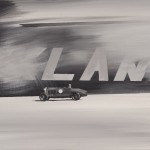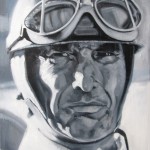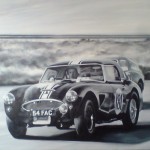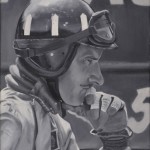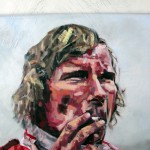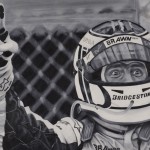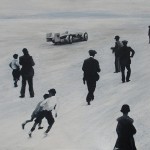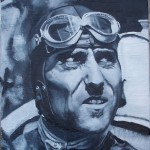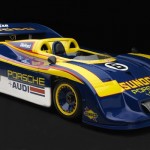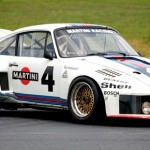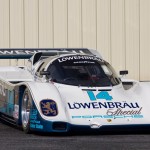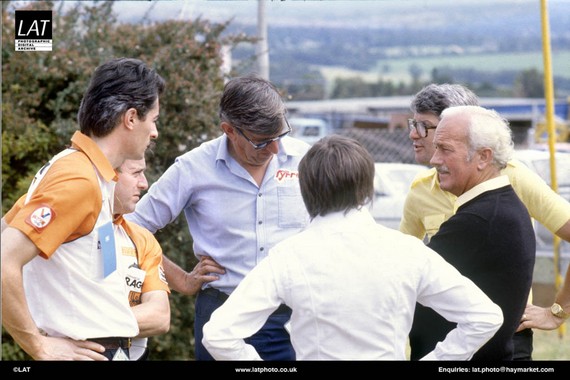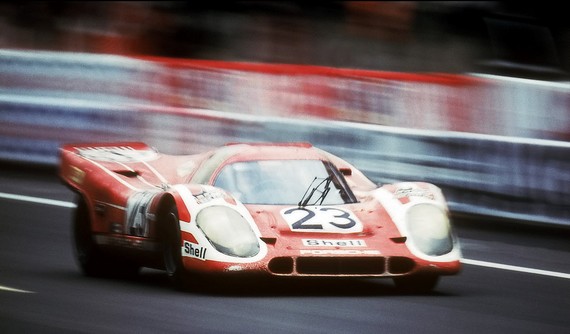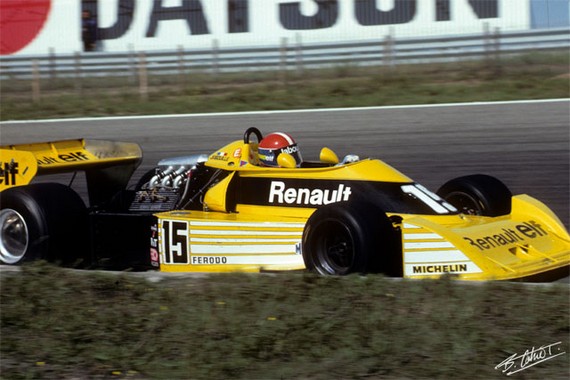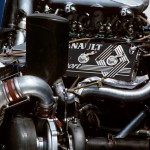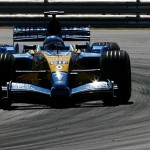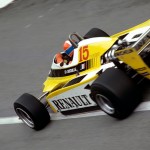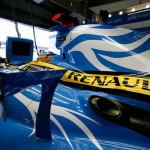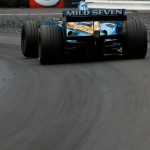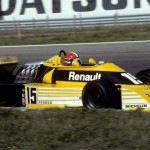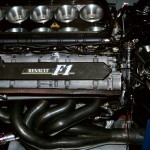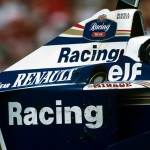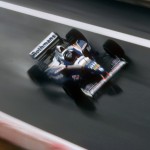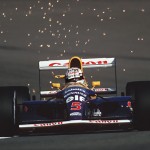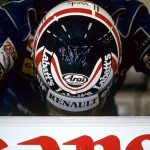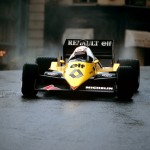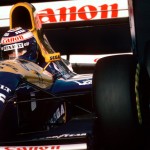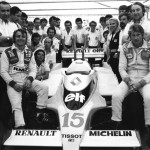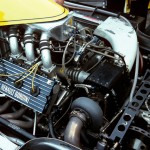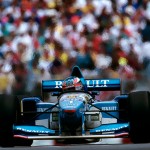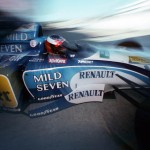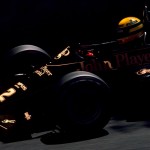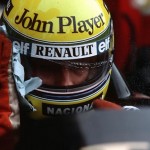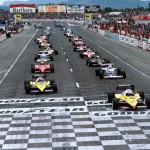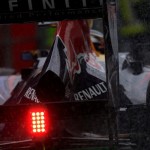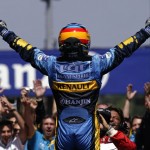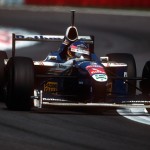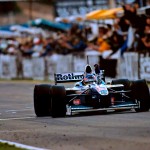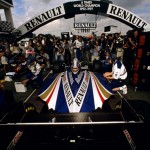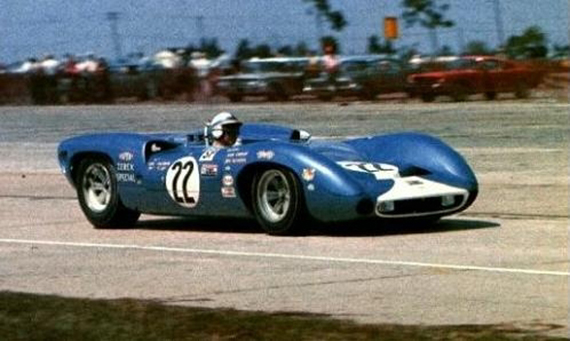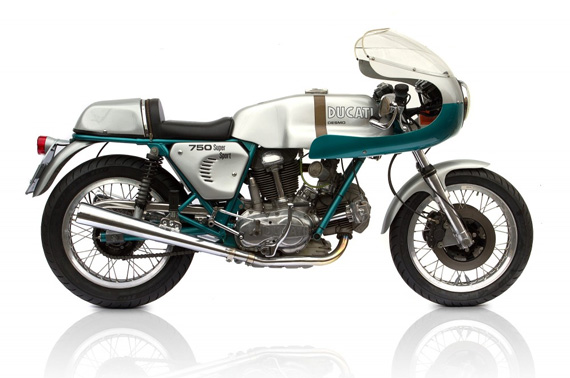![1973 Porsche 917-30 Can Am Spyder 1973 Porsche 917-30 Can Am Spyder]()
The world’s most glorious private collection of turbocharged Porsches is going up for auction at Gooding & Company’s upcoming Amelia Island auction on the 9th of March.
The auction will include the likes of a 1973 Porsche 917/30 Can-Am Spyder, a back-to-back 24 Hours of Daytona winning 962, a 1974 Porsche RSR Turbo Carrera 2.14 and the first 935 Porsche built. Oh, and there’s also a McLaren MP4/3 Formula One car in the collection – the peak of development of the turbo Porsche/TAG Formula One engine.
You’ll need to bring along a few spare wallets though – the Can-Am Spyder is expected to go for $3.25 – $4 million while the others are all estimated to come in at around $2 million. The MP4/3 is estimated at $450,000 – $600,000.
Gooding & Company’s Amelia Island auction will be held on Friday the 9th of March from 11AM.
Read on for the official details on a selection of the most desirable racing cars, from Gooding & Company and hit this link to head to their website for more.
Photos via Gooding & Company.
1973 Porsche 917/30 Can-Am Spyder
Chassis 917-30-004
Estimate: $3.25 – $4 million
The Porsche 917 racing program was one of the most successful in the history of motor sport and the 1973 917/30 Can-Am Spyder represents its pinnacle. With a 1,000 hp turbocharged flat-twelve, American racing champion Mark Donohue’s 917/30 was so dominant that the Can Am Challenge Cup was disbanded and the other manufacturers withdrew due to their inability to compete.
One of four examples completed at the Porsche factory, 004 was intended to be the 1974 Penske-Sunoco team car but was instead sold to Australian Porsche Importer Alan Hamilton. Later purchased by the Porsche factory, this car is now the centerpiece of the Drendel Family Collection. Meticulously restored and presented in the iconic Penske-Sunoco livery, this 917/30 has been raced at the Monterey Historics and has been displayed at the Amelia Island Concours d’Elegance and Rennsport Reunion.
1984 Porsche 962
Chassis 962-103
Estimate: $1.75 – $2.225 million
According to Gooding & Company specialists, this car is the finest example of the Porsche 962 and one of the most successful racing cars of its generation. With only two owners from new, this back-to-back 24 Hours of Daytona winner will be one of the Drendel Family Collection’s most significant offerings at the auction with its immediately recognizable Löwenbräu livery, list of legendary drivers, unrivalled racing record and superb documentation.
1974 Porsche RSR Turbo Carrera 2.14
Chassis 911 460 9016 (R9)
Estimate: $1.75 – $2.25 million
The Carrera RSR Turbo 2.14 represents a turning point in the history of competition Porsches when it introduced the use of turbocharged engines in production-based race cars. Used by the factory for development, this hand-built experimental 911 was campaigned as a Martini & Rossi Porsche Works entry in the 1974 season at Nürburgring, Imola and Zeltweg. Few racing cars of this caliber have remained so correct and untouched, making this car an extremely important piece of Porsche history.
1976 Porsche 935/76
Chassis 930 570 0001 (R14)
Estimate: $1.7 – $2 million
The first 935 built, this car served as the prototype and development mule for one of the most successful series of Porsche racing cars. This historically-significant example ran as a factory team car under the recognizable Martini & Rossi livery and its podium finishes at Watkins Glen and Dijon helped Porsche capture the Group 5 World Championship in 1976. In addition to its impressive provenance and great originality, this factory race car has the remarkable distinction of being the first Porsche with a 930 serial number prefix.
1985 Porsche 962
Chassis 962-HR1
Estimate: $900,000 – $1.2 million
During its career, this Porsche achieved 11 overall wins and 19 podium finishes, as well as 2 IMSA GTP Drivers Championships and an IMSA GTP Manufacturers Championship. Along with its Holbert Racing sister car, 962-103, this 962 is one of the most significant 962s in history. Fresh from restoration, 962-HR1 was displayed at RennSport Reunion IV in 2011.
1997 Porsche 911 GT1 Evolution
Chassis 993-GT1-004
Estimate: $900,000 – $1.2 million
This rare factory team car – one of just four built – has competed at top events (Le Mans, Nürburgring andLaguna Seca) in the highest levels of international racing with known drivers behind its wheel. Later campaigned by Rohr Racing at Daytona and Harry Bytzek in the Canada GT Challenge Cup, GT1-004 has one of the most impressive racing records of any factory GT1.
1975 Porsche 934
Chassis 930 670 0155
Estimate: $800,000 – $1 million
The racing variant of the road-going 930, the 934 expanded on the success of the RSR, winning the European GT Championship as well as the TransAm Championship in North America. The second 934 constructed, this car was actively campaigned through the early 1980s, culminating in a first in class at the 1982 24 Hours of Le Mans. In regards to this car, noted Porsche authority Bruce Anderson was quoted as saying “it is the most successful 934 to race in international competition.”
1980 Porsche 924 Carrera GT Le Mans
Chassis 924-003
Estimate: $450,000 – $600,000, Without Reserve
One of three Works entries at the 1980 24 Hours of Le Mans; placed 13th Overall with Bell and Holbert
1980 Porsche Indy Car
Chassis 0031
Estimate: $350,000 – $550,000
Intended as Porsche’s return to open-wheel racing, the company’s ground-breaking program was cancelled a month before the Indianapolis 500 as a result of last-minute USAC rule changes
1987 McLaren-Porsche MP4/3 Formula One
Chassis MP4/3/1
Estimate: $450,000 – $600,000, Without Reserve
The first MP4/3 built and the only example in private hands
1981 Porsche 924 GTP “Le Mans”
Chassis 924-005
Estimate: $375,000 – $450,000, Without Reserve
Factory prototype and development car, built to compete at the 24 Hours of Le Mans
Up For Auction: Drendel Family Porsche Collection is a post from Motorsport Retro, bringing you classic motorsport, cars, motorcycles and gear every day.
![]()
![]()

